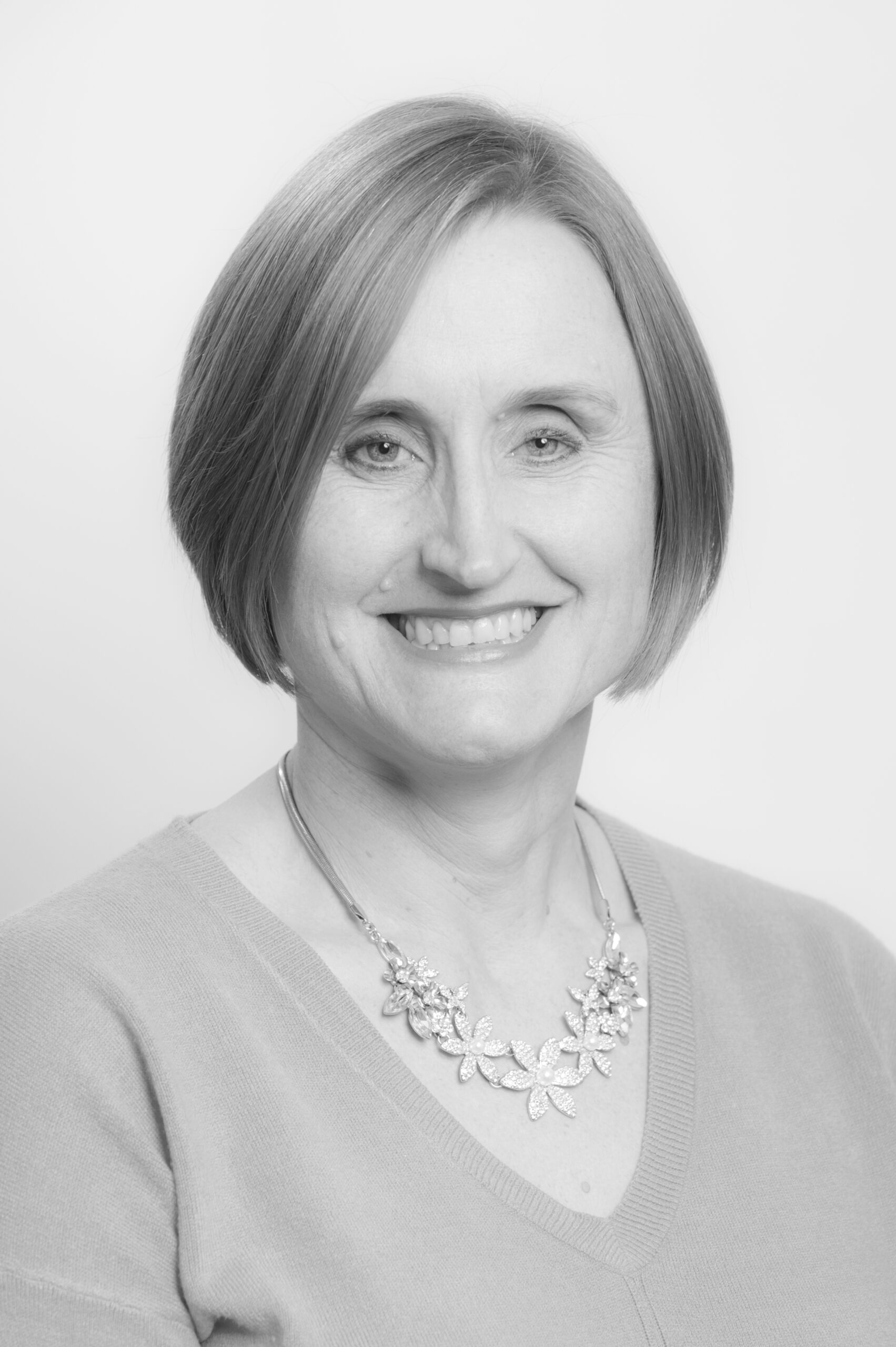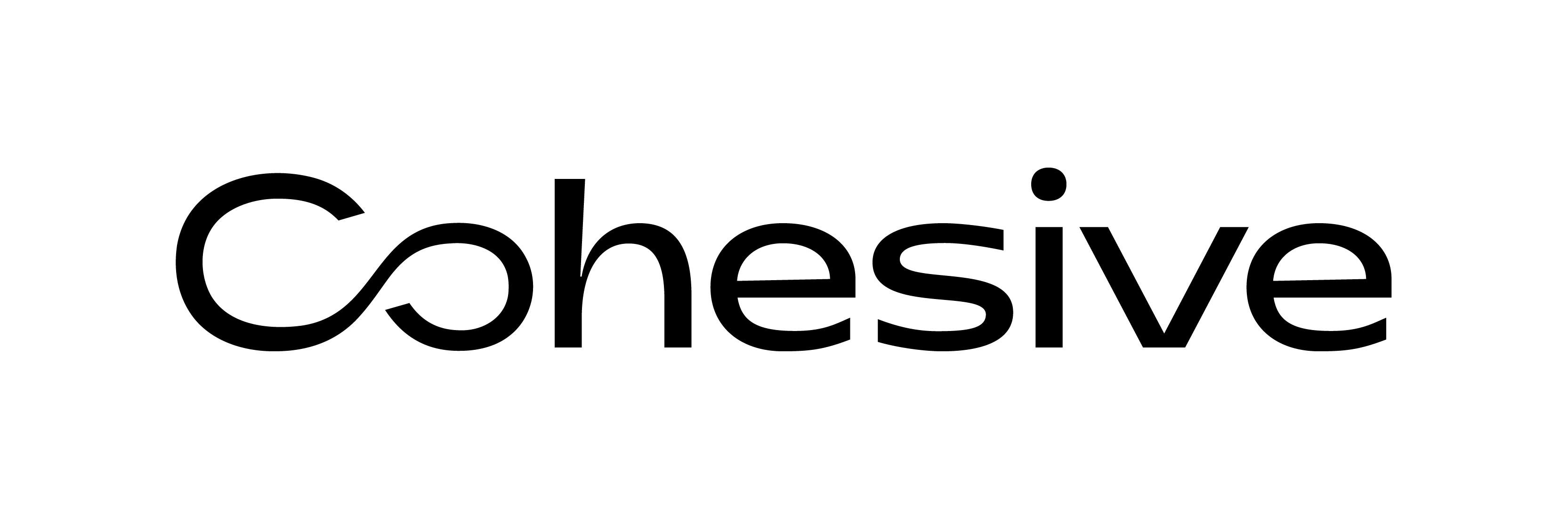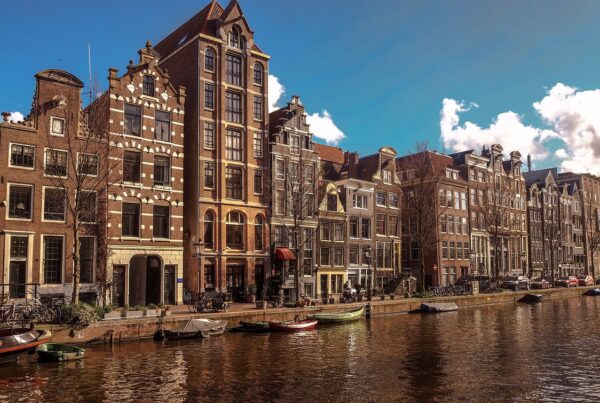
Tina Burgess is Cohesive’s People and Culture Director and sits on our Board.
A manufacturing engineer, she has held senior roles within some of Europe’s biggest transport clients including Heathrow and Network Rail.
As part of our women in Science, Technology, Engineering and Maths (STEM) series, we caught up with her to talk, post-covid culture, change ..and challenging the status quo.
Culture eats strategy for breakfast is the aphorism – agree?
Whether culture devours your breakfast completely I’m not so sure.
But I do believe that if you align your culture with your strategy, the business outcomes will be far better, and the business will be a much more enjoyable place to be.
Who should leaders put first – their employees or their customers?
Whilst both are important, in a professional services business it is very much our employees.
We sell their time and expertise to deliver outcomes for our clients. They are the face of the company that our clients see. If we treat them well, they will treat our clients well, and they will want to develop their careers with us.
It’s a precious thing when someone says that they want to join your business and grow their career with you. We need to value this and nurture talent.
Culture – today a bigger consideration than ever for would-be recruits?
Yes absolutely. There is now a much greater understanding of the importance of culture. In a competitive employment market it can be a differentiator.
Questions around culture are often asked by candidates now as part of their selection process. I know from my own career, if the culture isn’t right for you, it’s either time to change it if you can influence it, or time to move on and find a better fit.
Your career started in engineering – a childhood dream?
Not a dream – but when I look back it was a likely path for me.
My dad was a tool maker who did an apprenticeship. I was always watching him create or fix things and figuring out how they worked and generally acting as his assistant.
Also when I was little (see image below), I remember this TV programme, where, for a couple of minutes, they showed footage of how things worked and were made. I was always mesmerised by this section.
The concept of people doing these sorts of things for a living emerged in my second year of A levels. The Manufacturing Director from Rolls Royce Aerospace came in to explain more about manufacturing engineering and to offer work experience. I went along and from that point I was hooked.
Only 12 per cent of engineers in Britain are women, the lowest proportion in Europe. Were you conscious of being in the minority?
Yes, especially as I decided to specialise, after graduating (in Manufacturing Engineering), in ‘Body In White’. This was the area where vehicle bodies were manufactured and assembled. It was very much considered a ‘dark art’, but I have always loved a challenge as nothing can be that difficult?
I was sponsored by an automotive manufacturer, and I was the first female to have done that role in the company. I was proud to be a pioneer, but I definitely felt a bit conspicuous. All graduate students had to wear white lab coats at first and this, combined with being female, and having ginger hair, meant that I stood out.
The corporate world was a very different place then…
Yes, the extent to which things are now digital is one big change. But the company which I ‘grew up in’ originally was quite forward thinking in its practices.
We also had different owners and collaborations across the globe which meant that I got the chance to work across cultures quite early in my career.
From the early days, I came at things from a different angle and my focus was always about the people involved in the process rather than purely the technical aspects of what was being done. Sometimes things that were obvious to me weren’t obvious to others.
Which projects to date in your career are you most proud of – and what did they teach you?
I’m proud of the part that I played in Terminal 5 and the new Terminal 2 at Heathrow.
The biggest thing that my decade of airport experience taught me was the importance of putting passenger experience at the heart of your decision making.
Our Cohesive team includes many individuals who have ‘on the ground’ experience as engineers in delivery or operations – a USP for Cohesive?
Absolutely. When you can speak from experience the practical advice you give carries much more weight than what might be learned from a text book. Trusted advisor is always our goal.
How big a part of a digital transformation is change management i.e. attending to the people, cultural and process aspects that accompany technology implementations?
Fundamental. Without change management there are so many examples of great digital programmes which have spent millions and not delivered the outcomes because they were not landed successfully within the organisation.

”Effective change management is critical. There are so many examples of great digital programmes which have spent millions and not delivered the expected outcomes because they were not landed successfully within the organisation."








